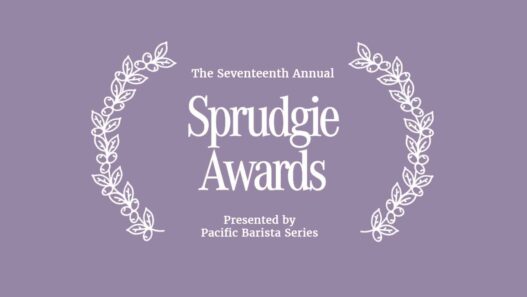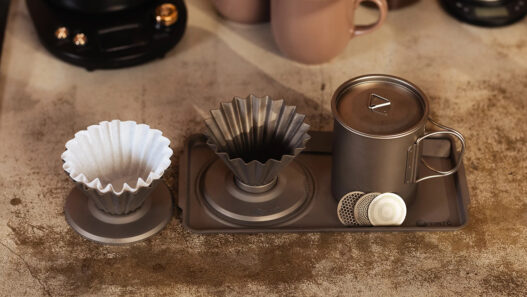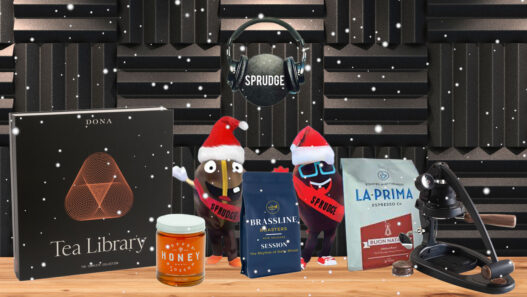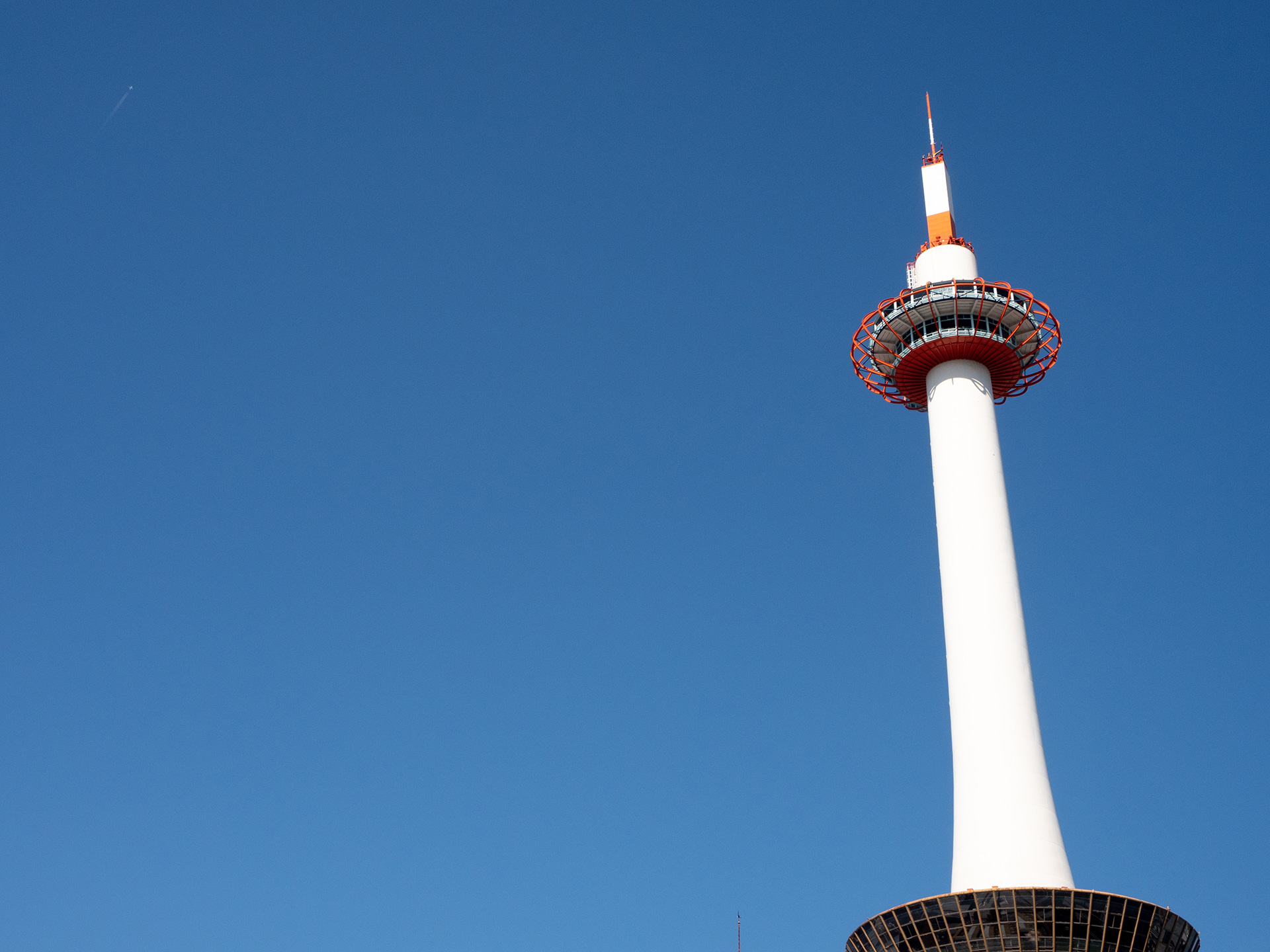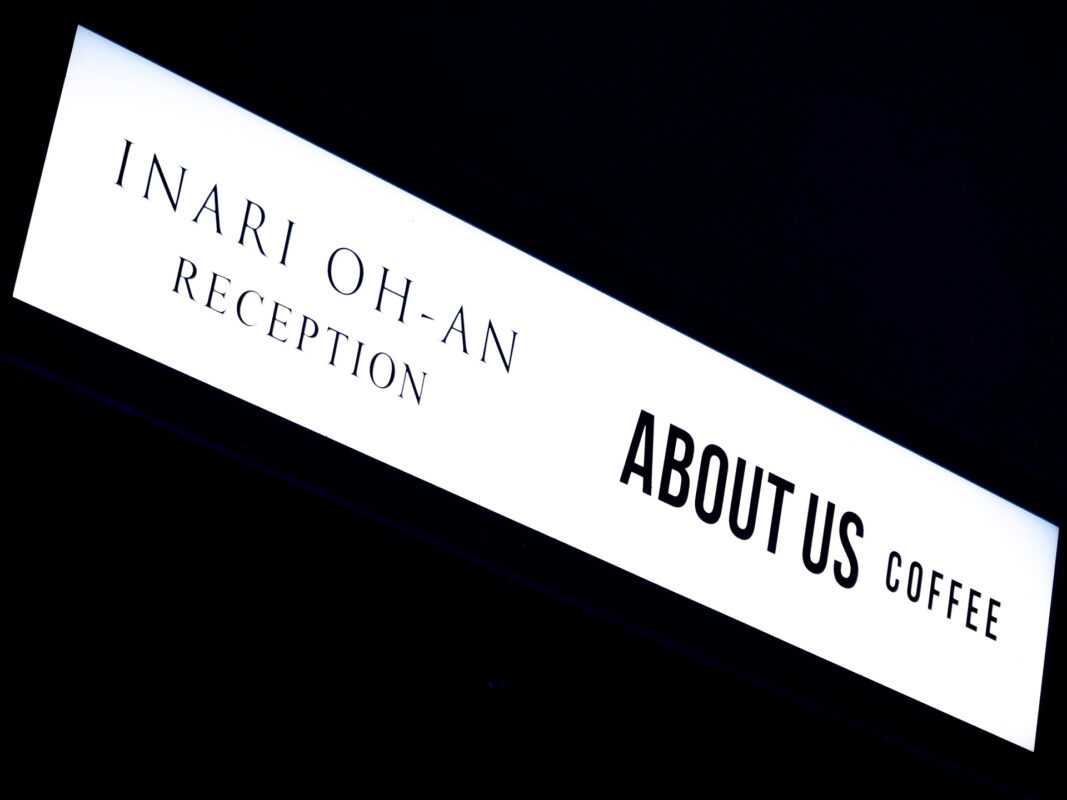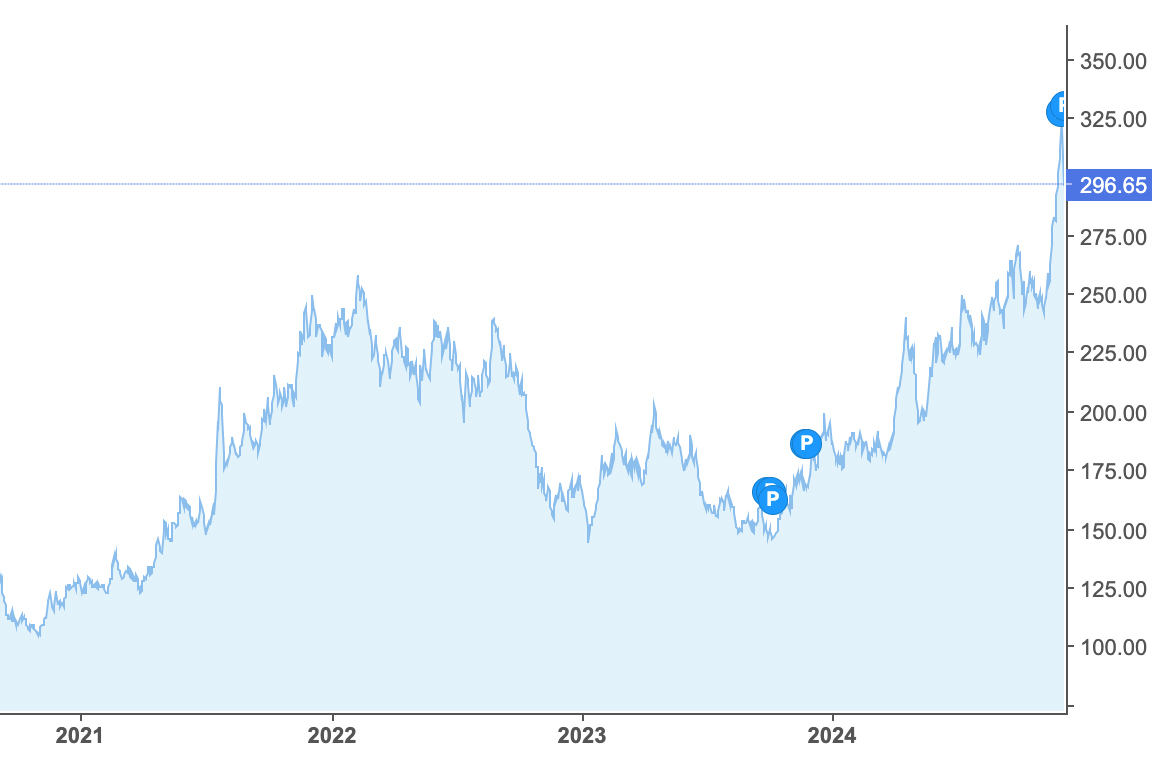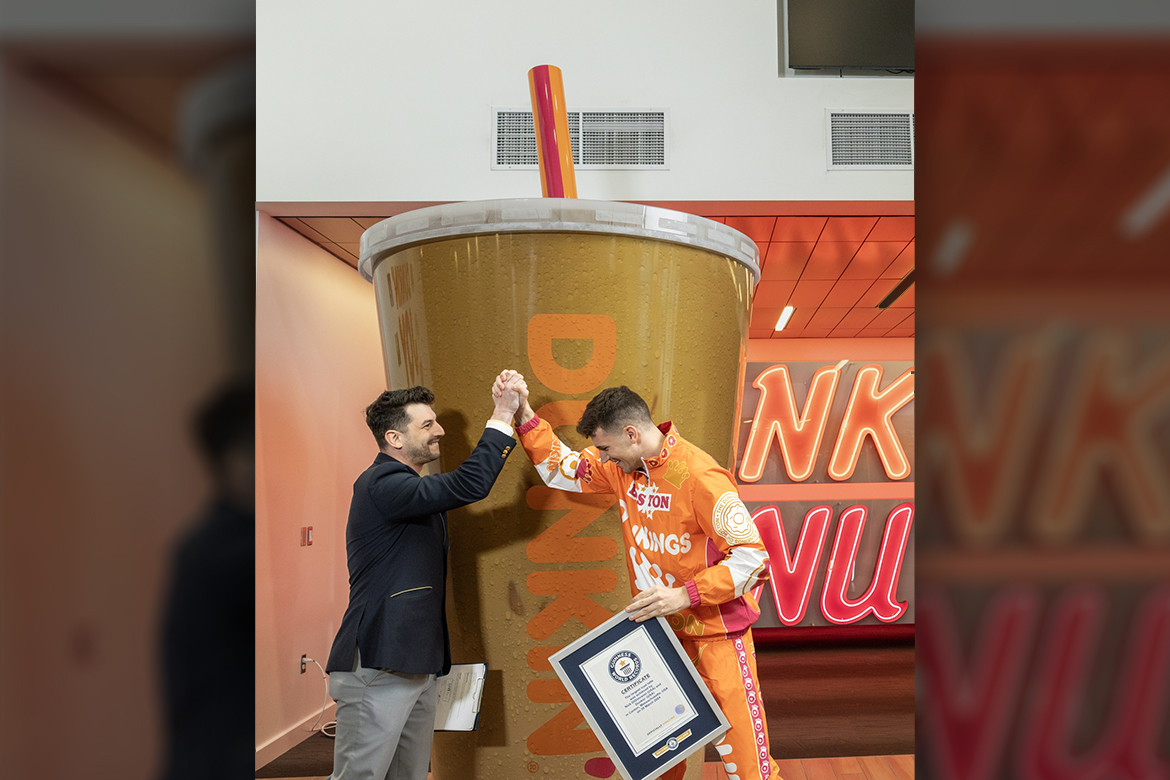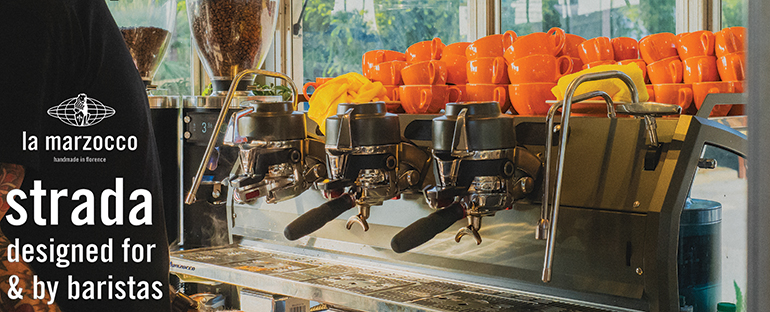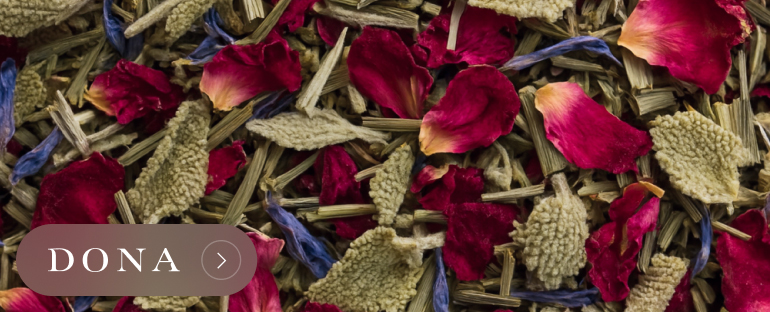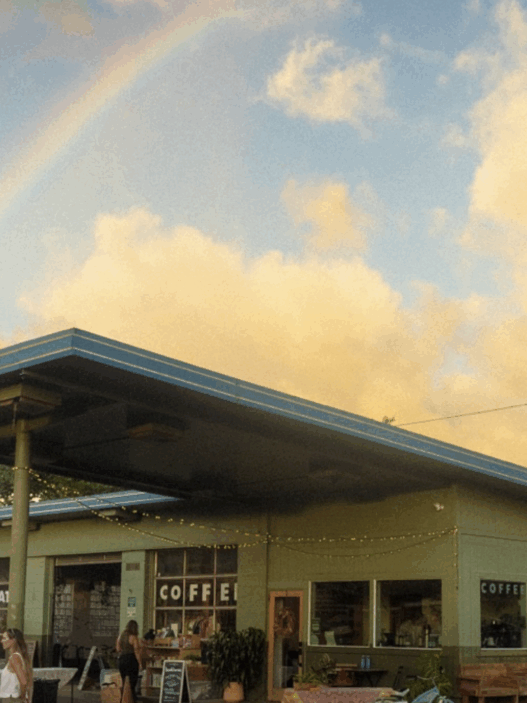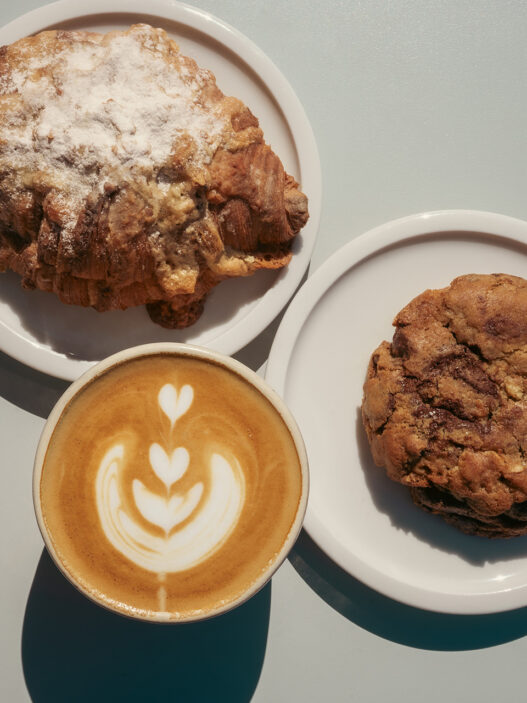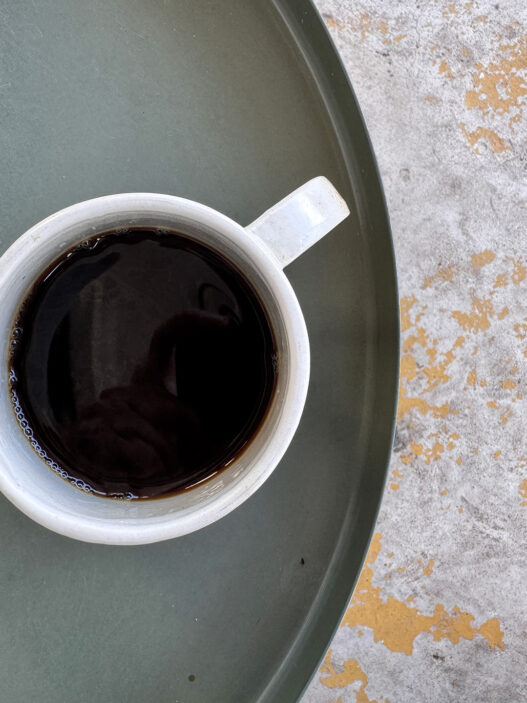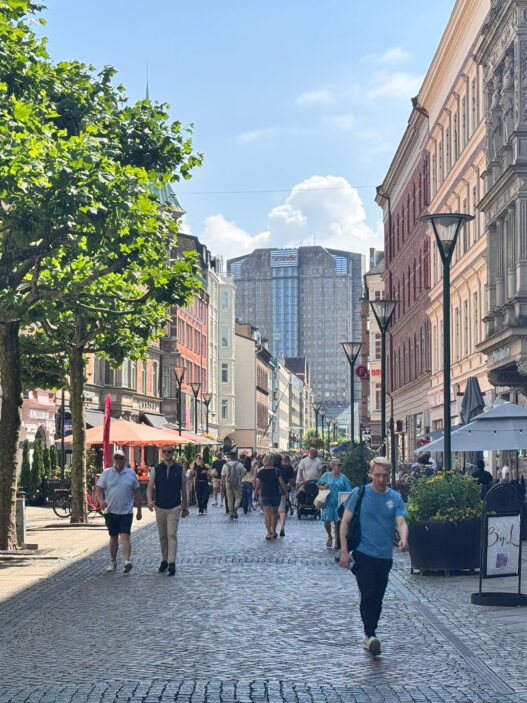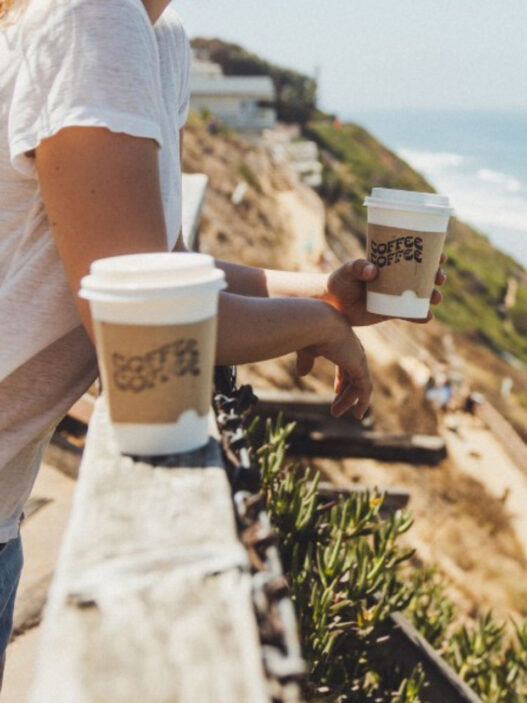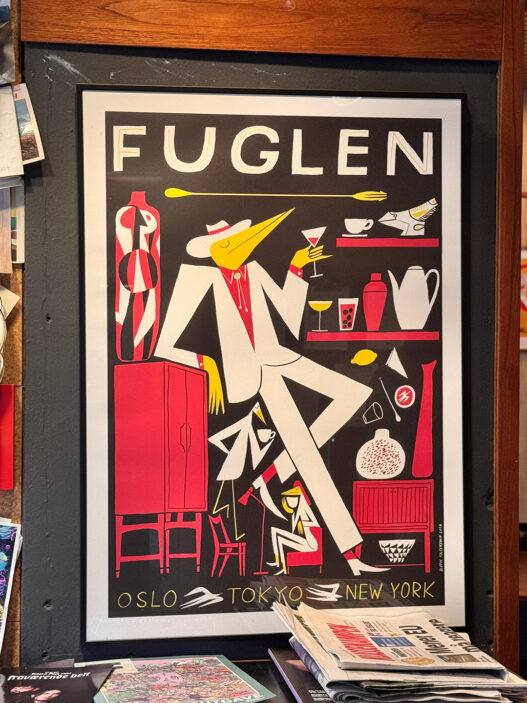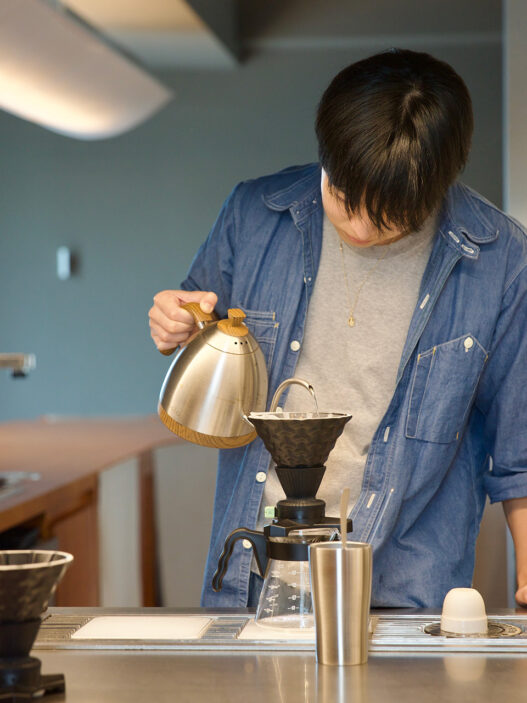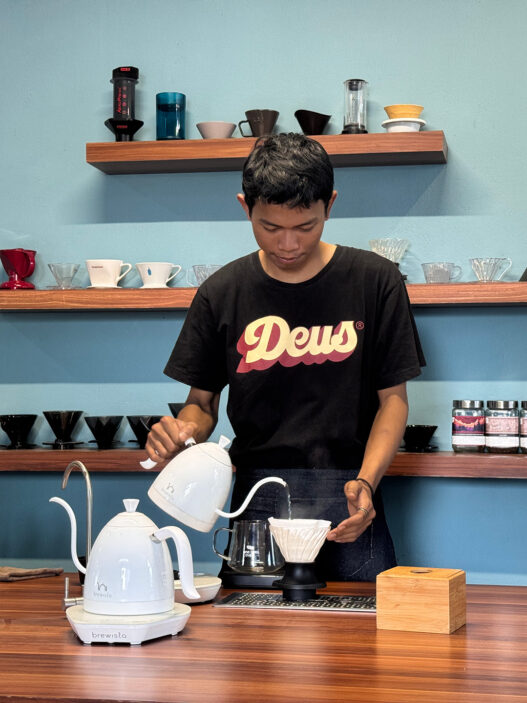It was the Dutch who introduced coffee to Japan in the 17th century, and since the Meiji era, the seed has been steadily gaining ground on Kyōto’s matcha. This shift may be partly due to exam culture or to Kyōtoites’ fondness for bread (which, I’m told, pairs well with school cram sessions), but whatever the reason, coffee is here to stay in the Heian capital. Inoda Coffee has become a de facto tourist site, Unir’s Tomoko Yamamoto won the 2018 Japan Barista Championship (JBC), and gravity-assisted cold brew formed drip by drip in glass is fast becoming a symbol of Kyōto coffee.
Places, like people, change, so it is only natural to ask how much Kyōto has evolved since Sprudge’s last guide to the city, published in 2018. In 2020, Light Up Coffee shuttered its operations in Kyōto, both Weekenders Coffee and Kurasu have opened new roasteries, and % Arabica’s empire has grown to 206 stores worldwide.
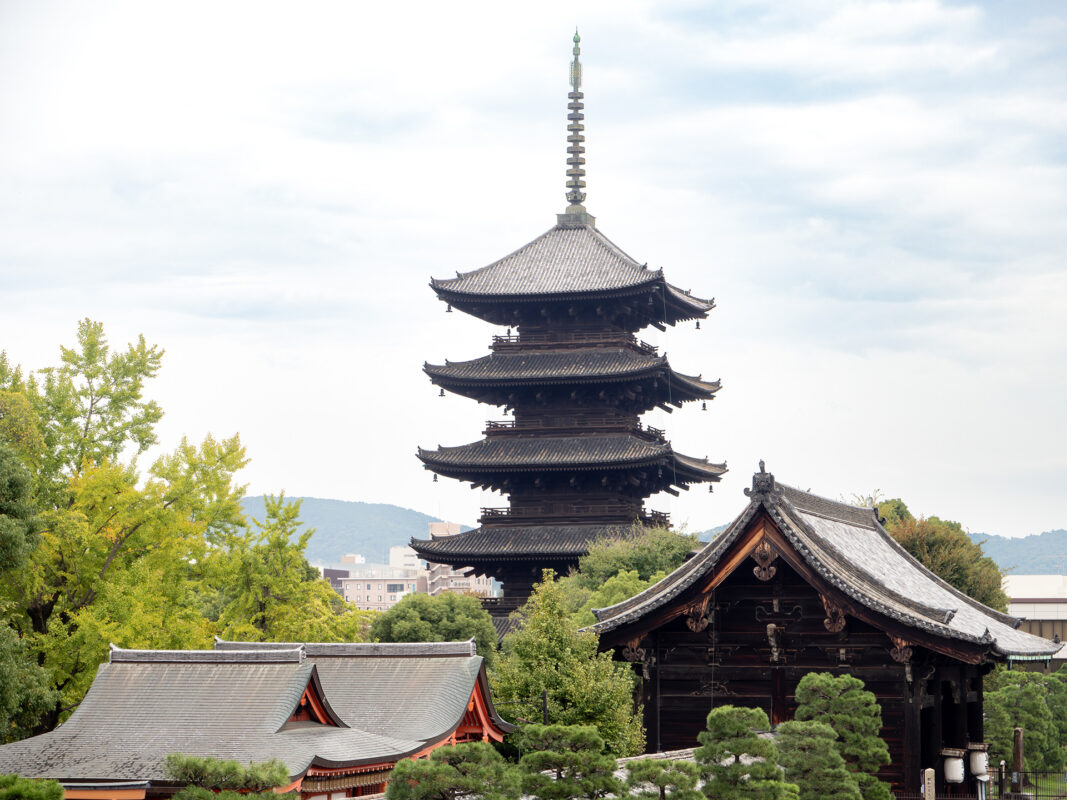
Our previous recommendations still stand, but after sifting through 33 new cafes in seven of Kyōto’s wards, we decided to highlight eight more shops worth visiting. Each has been vetted for price, service, and ambiance–but above all else, coffee.
Let’s begin south of Kyōto Station in Fushimi, then sip our way north to Kita ward. Sōda, Kyōto ni ikō!
About Us Coffee
Single origins pair well with origin stories. About Us Coffee’s Yasunari Sawanoi enrolled in L’ecole Vantan with a taste for light-roasted Ethiopias and an appetite for freedom. In 2019, Yasunari left the fashion world to open About Us in Fushimi, but six months later, COVID struck. Impeccable beans, loyal customers, and successful crowdfunding eased two tough years of business. And then in 2022, redemption came. Yasunari’s Ethiopia Niguse Gemeda Mude won him first place at Tōkyō’s Coffee Collection competition, and Yasunari earned his sensory judge certificates for both the JBC and the Japan Brewer’s Cup (JBrC).
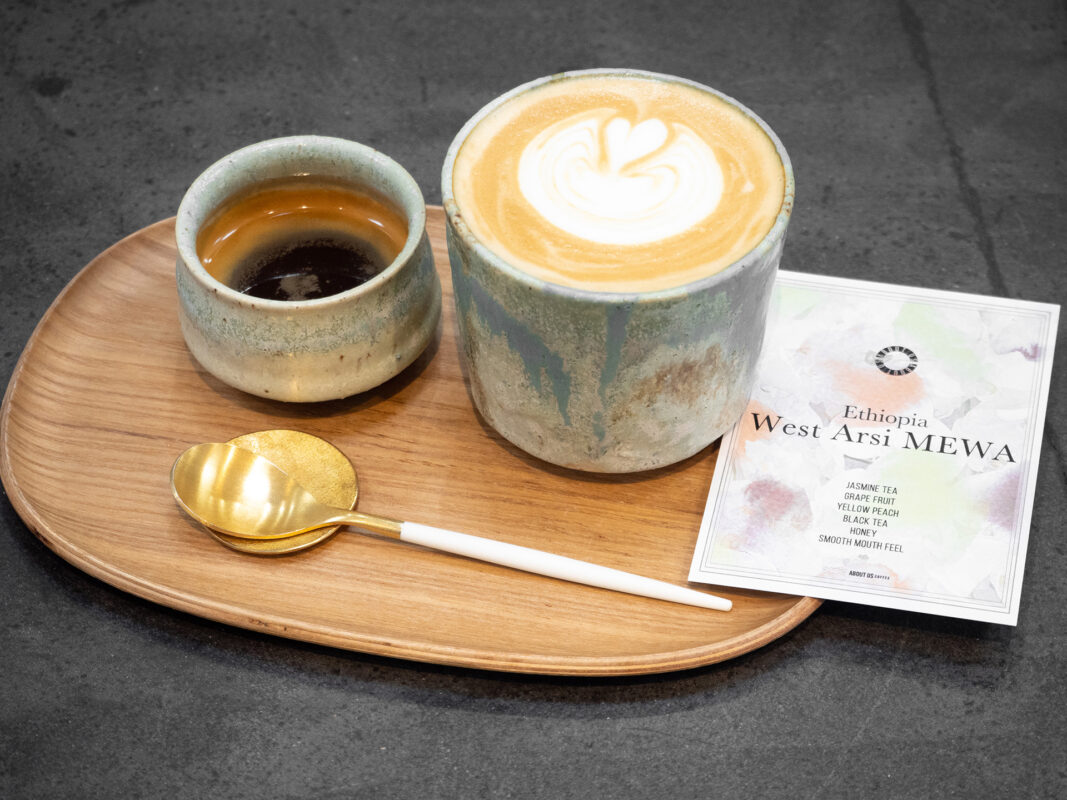
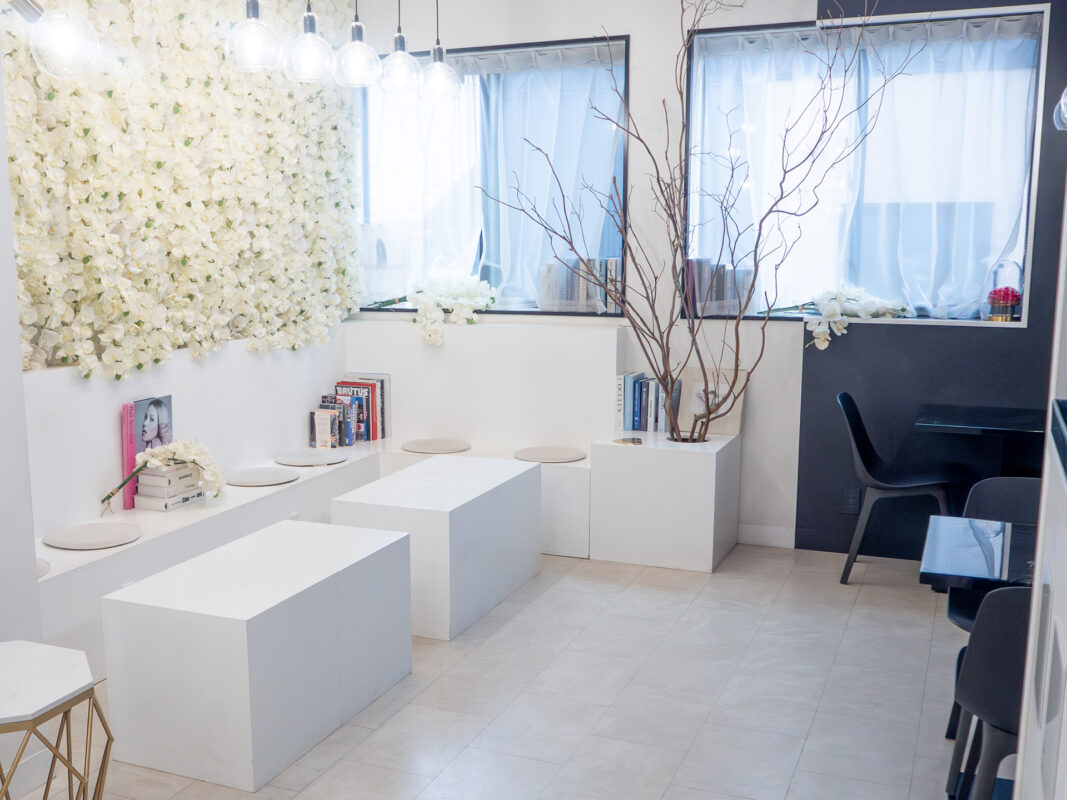
I tried About Us’s opulent “Espresso Experience Course,” courtesy of the Sanremo Café Racer: a split double shot–one straight, the other in a latte–which came with a card listing my beans’ bona fides. My Ethiopia West Arsi Mewa was neat and peachy with honey undertones. Storied coffee indeed.
Solkatt Coffee Kyoto
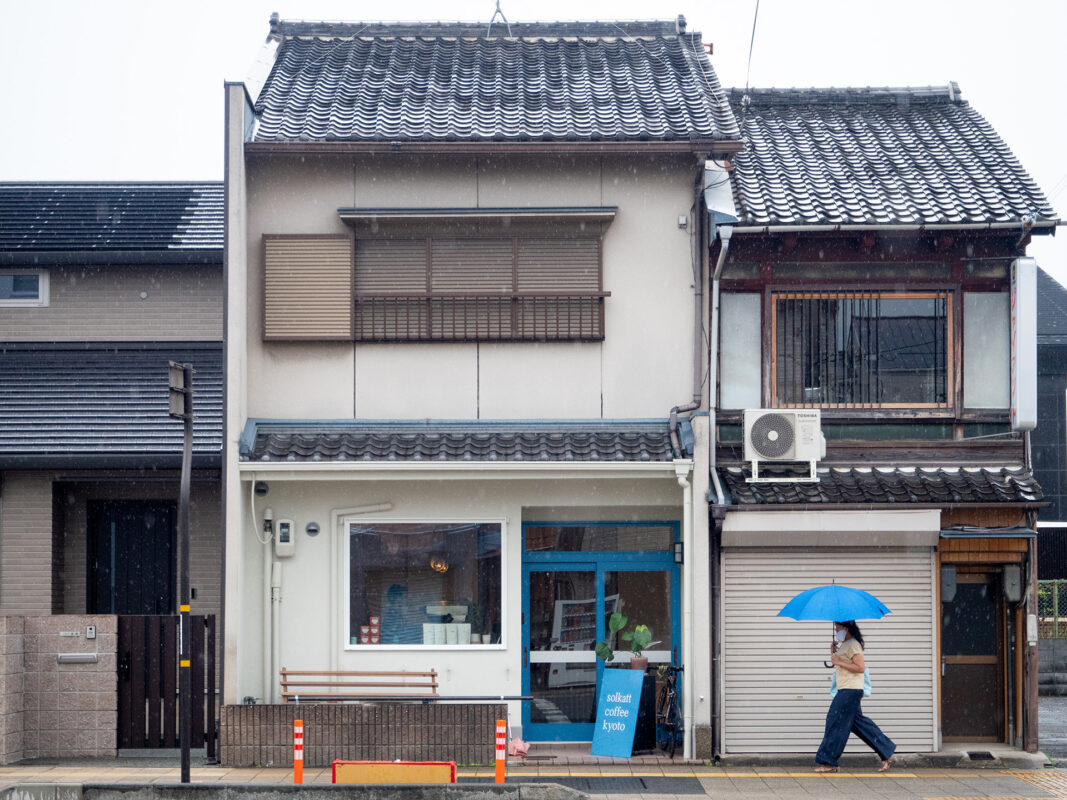
For a quick jolt near Tō-ji, check out Solkatt Coffee Kyoto. Junpei Yamamoto, Solkatt’s founder, has racked up over 16 years of baristaship in Kyōto, Ōsaka, and Berlin. After a short stint manning the Aremde at pop-up Black Cat Coffee, Junpei renovated his father’s bike shop, then in September 2024, debuted Solkatt.
At Solkatt’s blue-graded bar, you can order from just five items: espressos, hot or iced lattes, and iced or pour-over coffee. My light-roasted Kieni Kenya AB doppio was exceptionally complex: acidic, and with hints of brown sugar and currant.
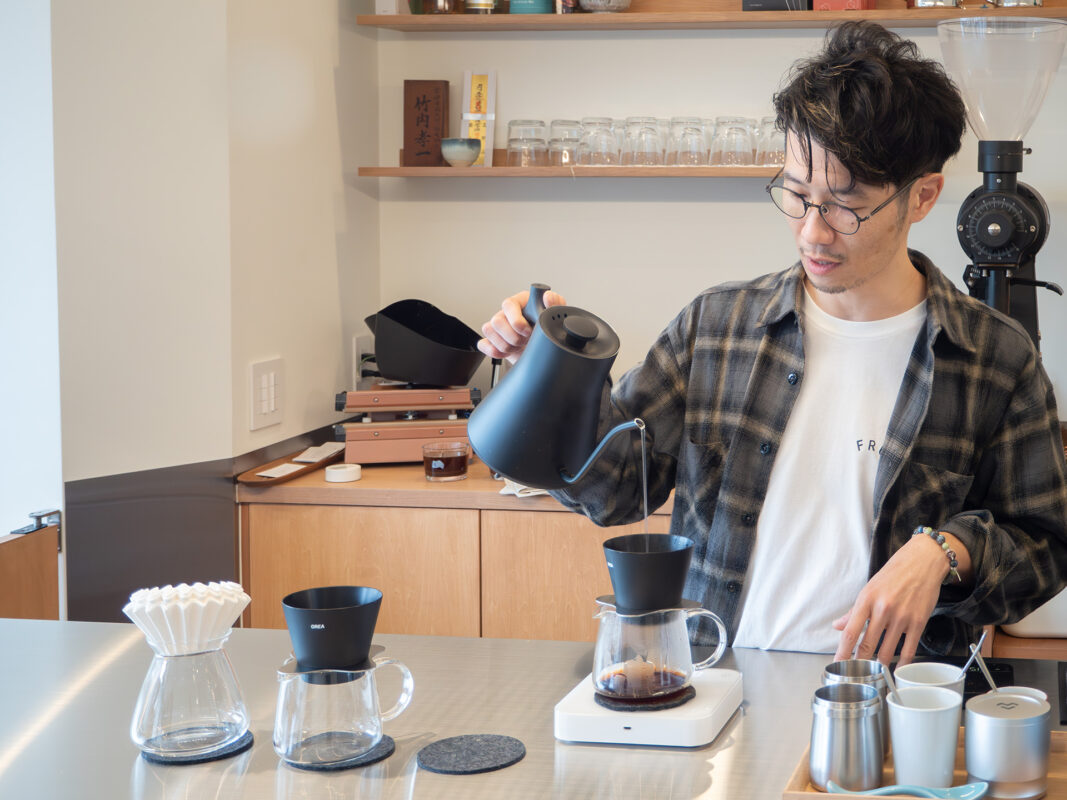
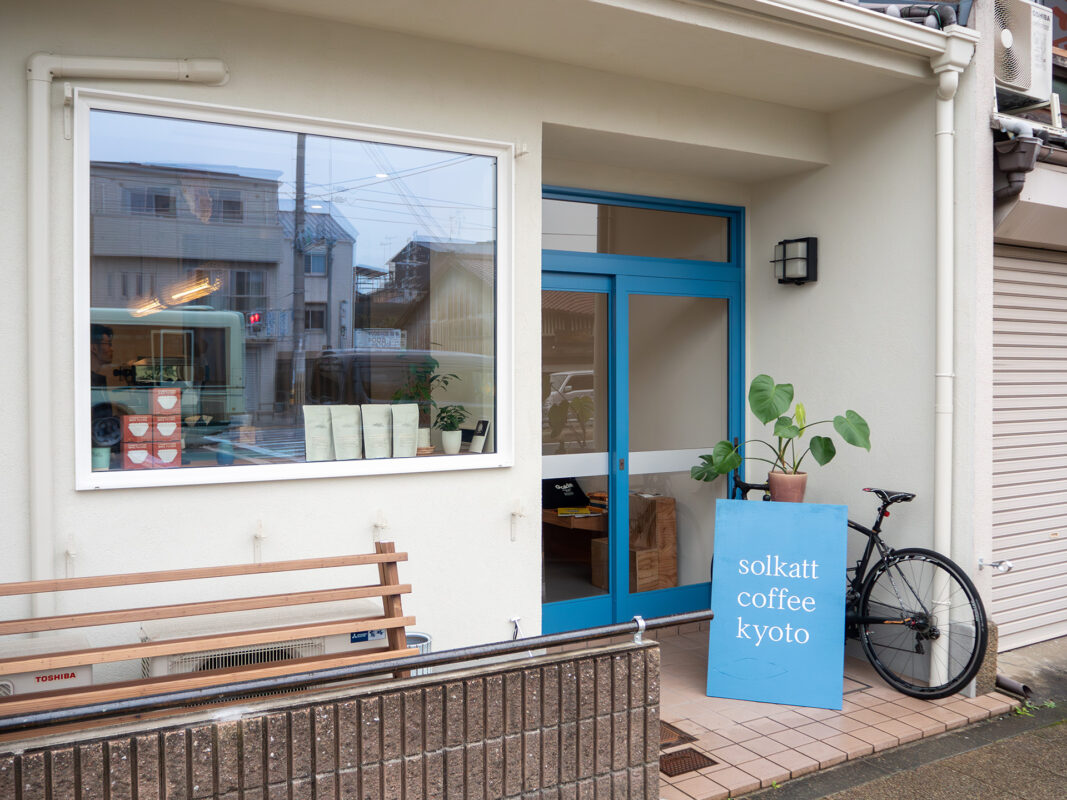
Junpei says that not too many tourists stop by yet, but that is sure to change. The mind behind Solkatt radiates a warmth befitting his shop’s name: in Swedish, solkatt refers to sunlight’s play on glass.
Goodman Roaster Kyoto
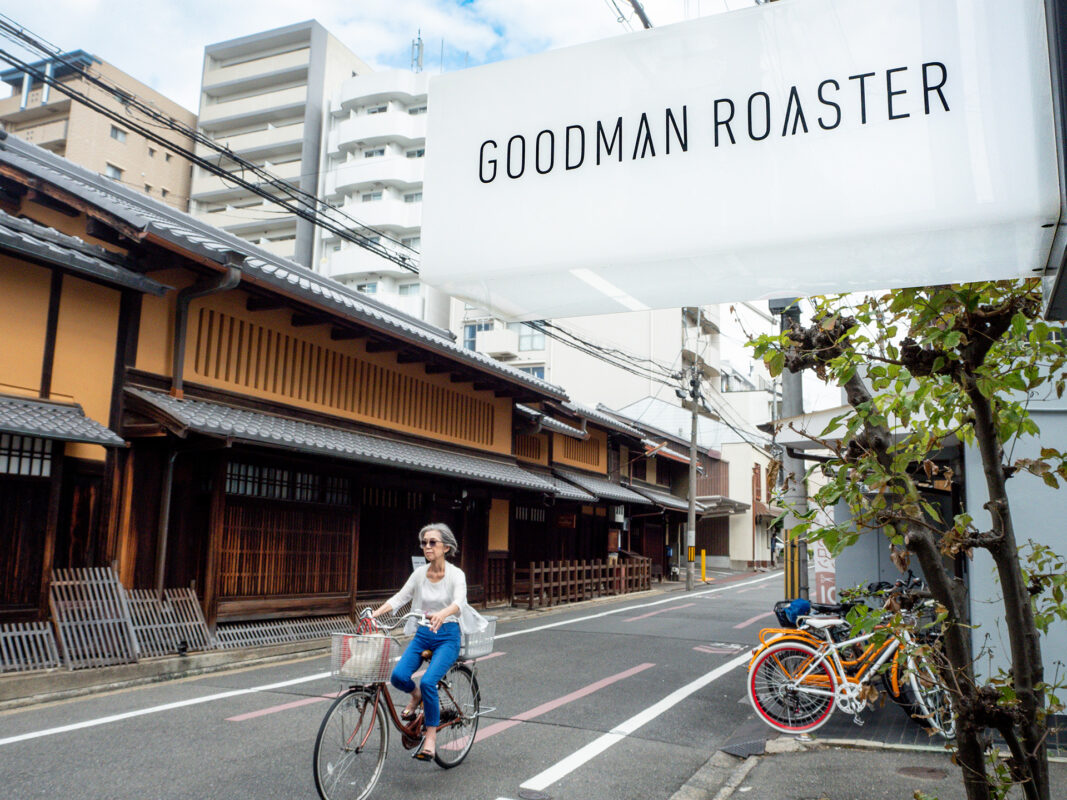
“Find something beautiful and shine a light on it.” This is Atsuomi Itō’s credo at Goodman Roaster Kyoto, though it took him seven years to bring Taiwan’s light roasts to Japan.
Back in 2013, Mount Alishan coffee had the reputation for being “really bad… and expensive,” but Atsuomi saw its potential. Strapped for cash, a father, and unable to speak Taiwanese, he bought some beans from Alishan and sold $1,400 worth at Taipei Songshan Airport. The Tōkyō native then started four cafes in Taiwan and one in Hong Kong, but it wasn’t until 2020 that Atsuomi bought a five-kilogram Diedrich and inaugurated Goodman Roaster in Kyōto’s Shimogyō ward.
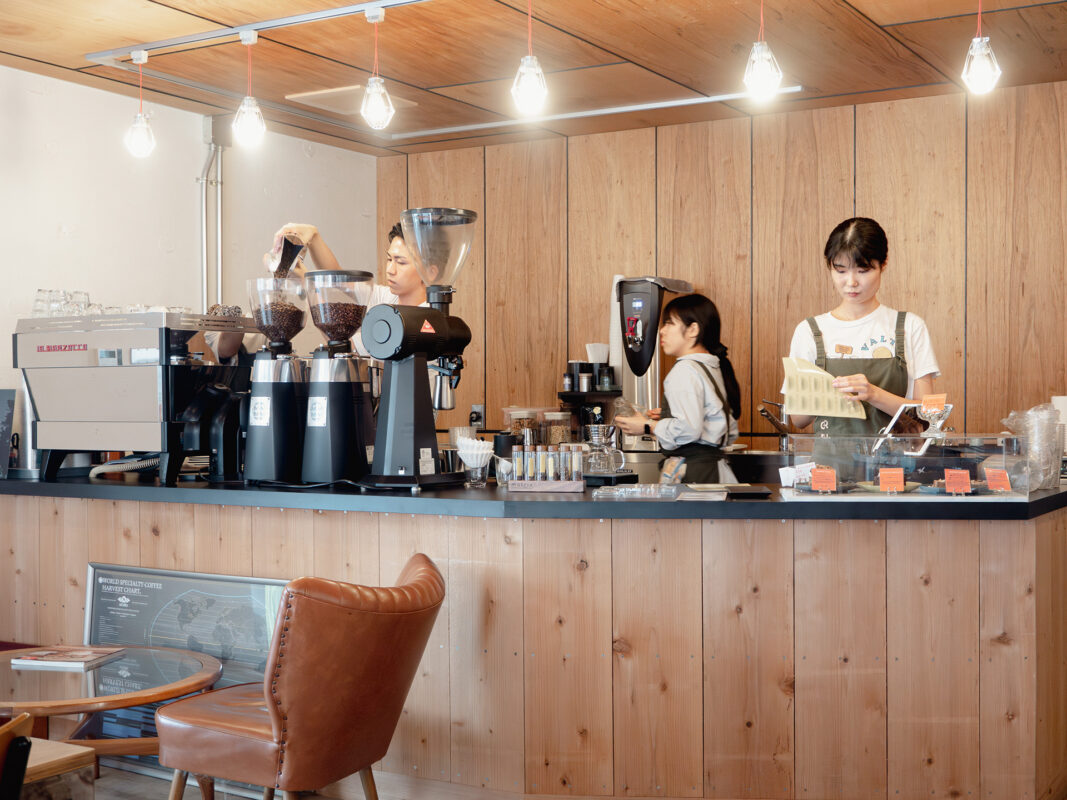
I tasted the Taiwan Alishan Yangui Coffee Farm hand drip; it was pleasantly cherry-forward and oolong-flavored. Up until then, I had never heard of Alishan coffee. I guess the spotlight finally found it.
Iolite Coffee Roasters
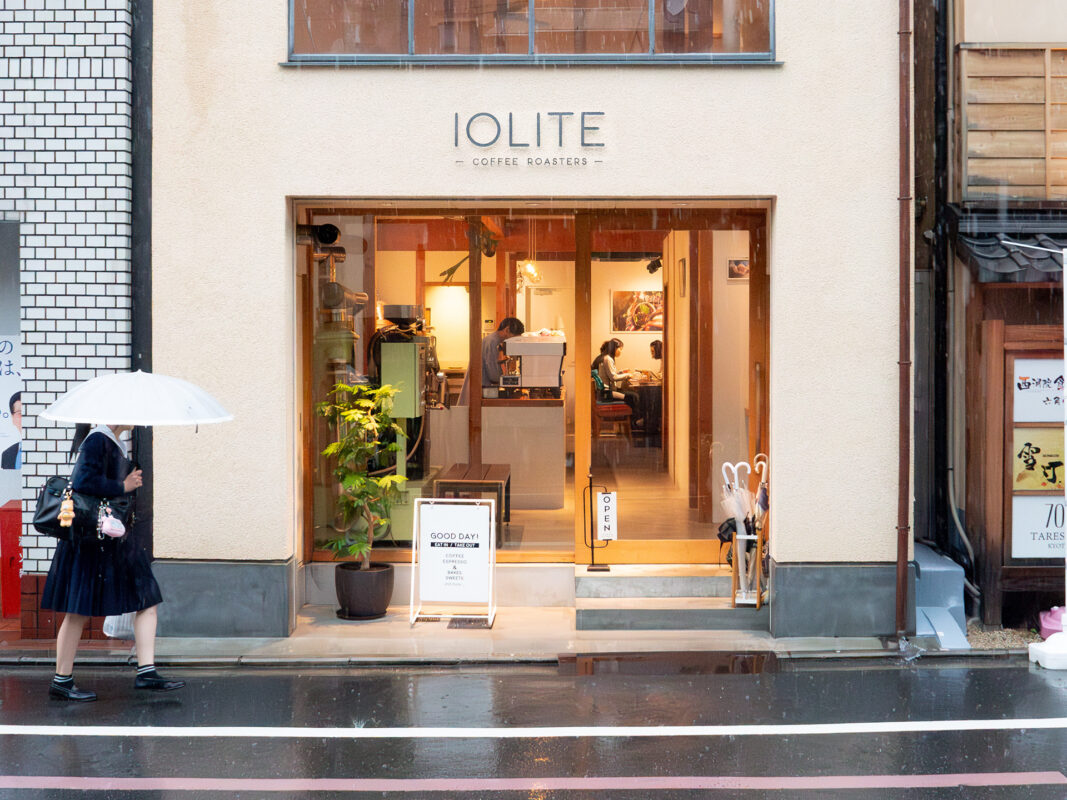
Iolite Coffee Roasters is a gem in Nakagyō. Daisuke Yoshida set up his cafe in his grandfather’s old wagashiya (sweets shop), but Iolite’s redesign resists Shōwa maximalism. Clean cedar beams span the ceiling, and a bar stretches to a neat back nook. By the door, a Lucky stands ready.
The menu ranges from hotdogs to curry quiche, and even a coffee-and-liqueur-infused matcha roll. Daisuke extracted my solo Ethiopia Benti Nenka on his La Marzocco Linea, and I still could have gone for a second digestif–perhaps a China Yunnan or a Rwanda Simbi CWS?
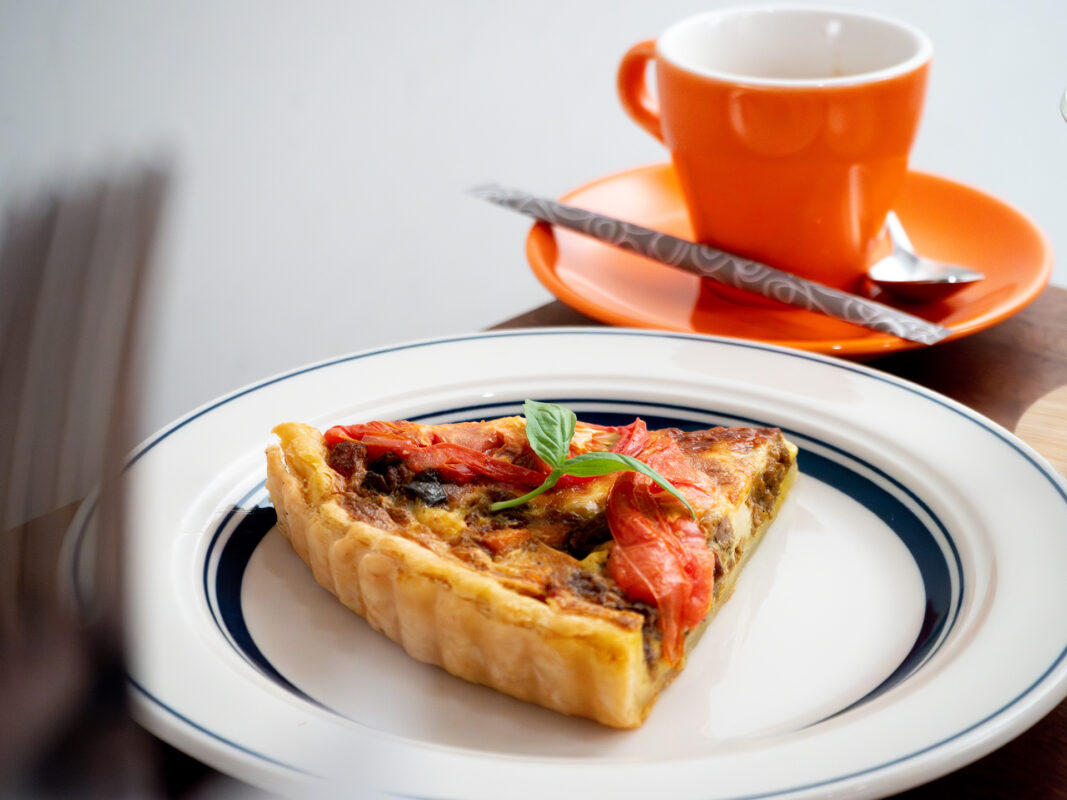
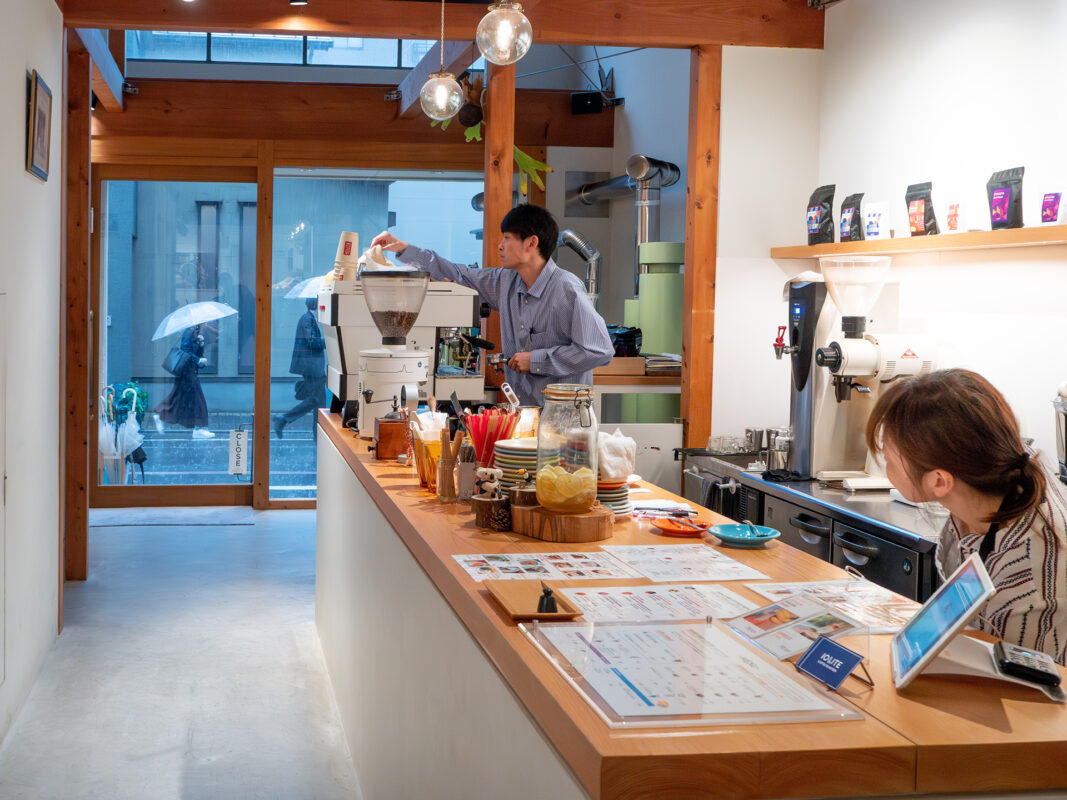
As I pondered the menu, tourists plotted their next moves in Kyōto–appropriate, as Iolite takes its name from a gem that sailors once used to orient themselves at sea.
HUMAN MADE 1928 Cafe
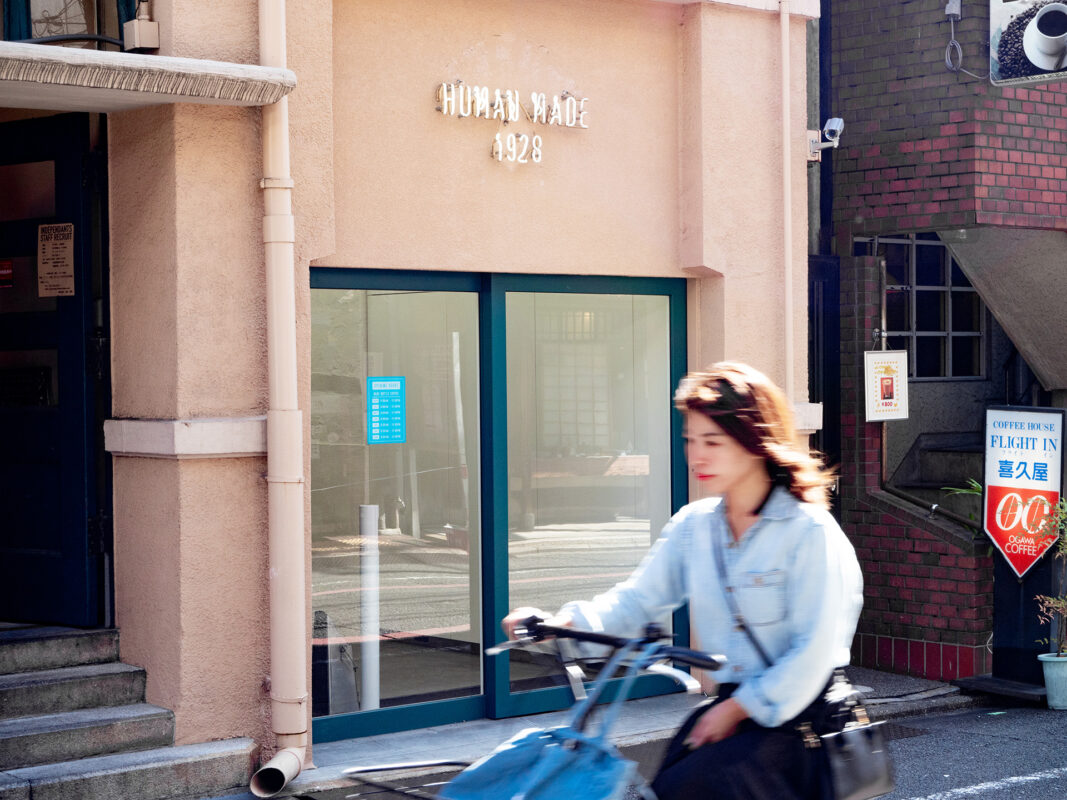
James Freeman has gone from selling his wares out of a Peugeot wagon to selling shares to Nestlé, but his brainchild, Blue Bottle, has shown a flexibility that belies its corporate rap. The Rokkaku Cafe is undeniably pretty, as is the HUMAN MADE 1928 Cafe–another building that blends the architecturally trad and mod (and see Blend Kyoto).
The metal-sleek 1928 Cafe occupies the former offices of the Mainichi newspaper, and the space has been revamped to offer two blends of Ethiopia and Peru beans. The Past Blend is a dark roast, the Future Blend a light roast, and both are excellent.
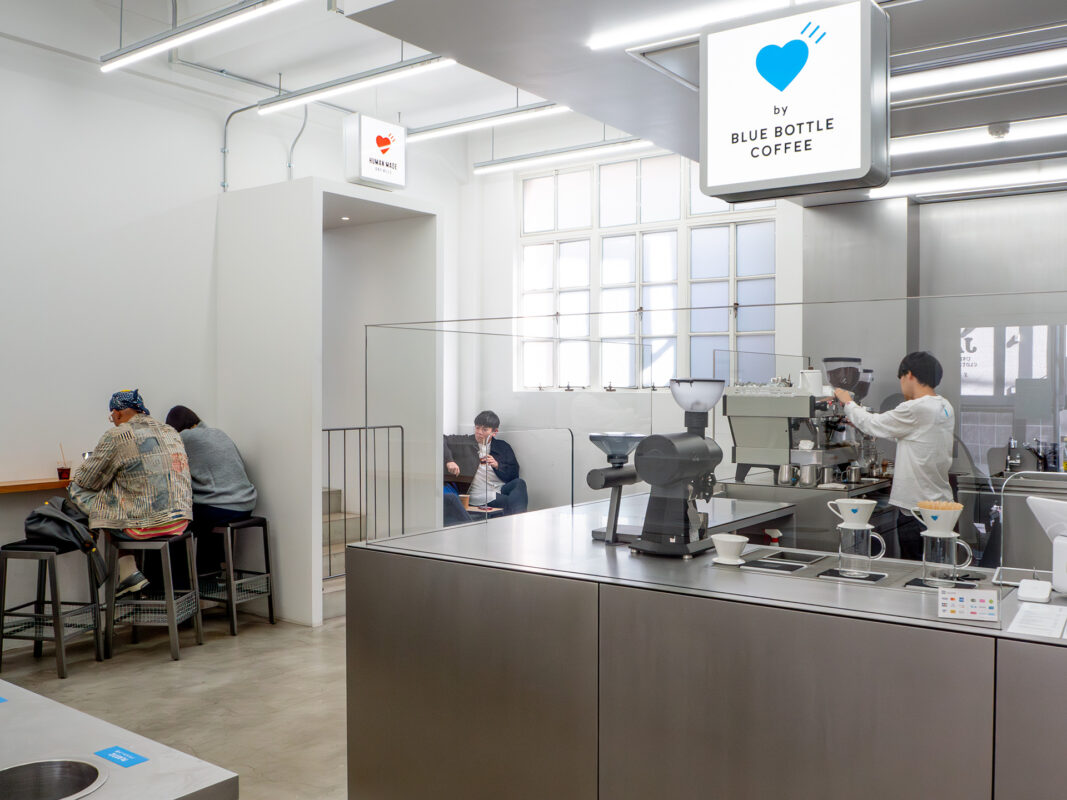
The highlight of the 1928 Cafe, however, is on the building’s north side. Toss a 100-yen coin into the jukebox there and pick an ‘80s J-pop song to blast over to the south side. You’ve bought the ticket to Kyōto. So why not take the ride?
Cafe Loto Kyoto
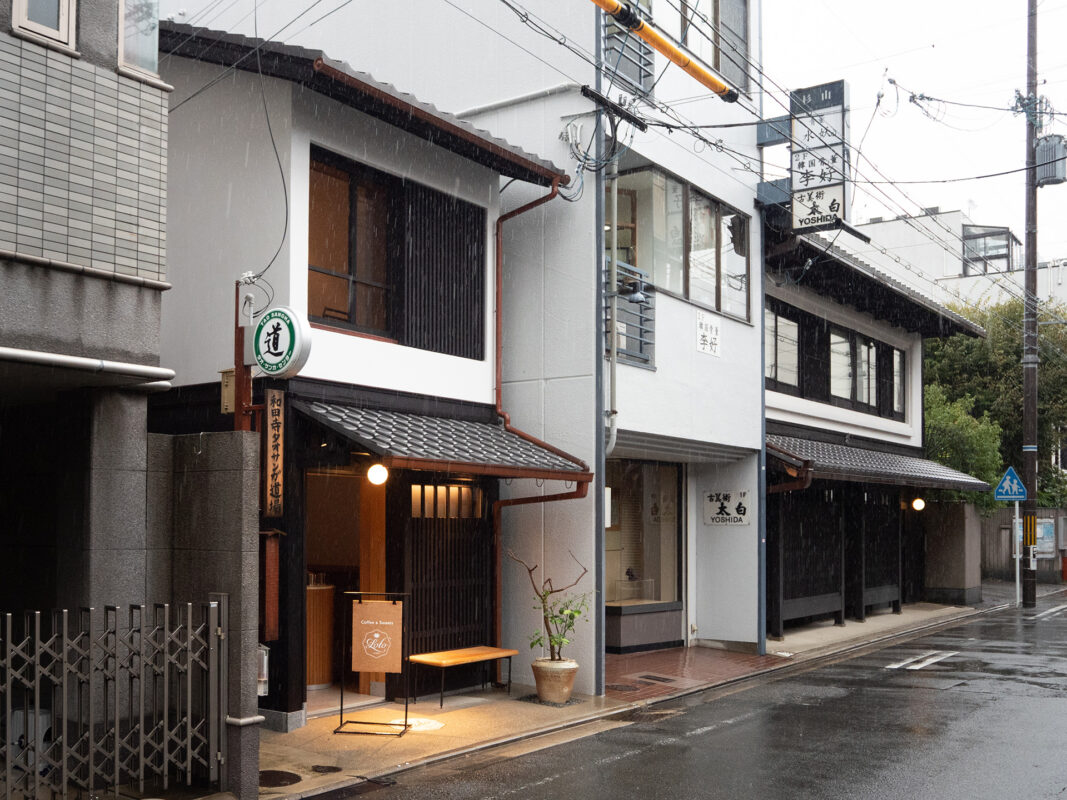
The Japanese are masters at synthesizing disparate parts into a whole, and Cafe Loto Kyoto proves this to a T. Yasushi Horibe Architect & Associates designed Loto’s facade to fit in with Furumonzen-dōri’s machiya (townhouses); inside, Loto’s oval bar hosts a suave, olive green Mavam espresso machine.
As for coffee, Junichi Yamaguchi of Kyōto’s Here created a shop-specific mix of Guatemala and Brazil beans (and, I’ll add, Junichi was the 2014 Coffee Fest Latte Art World Champion). Confectionary extraordinaire Masayo Takeda makes delicious madeleines, scones, and monaka (red bean paste with crispy mochi), and she offers culinary workshops on the second floor.
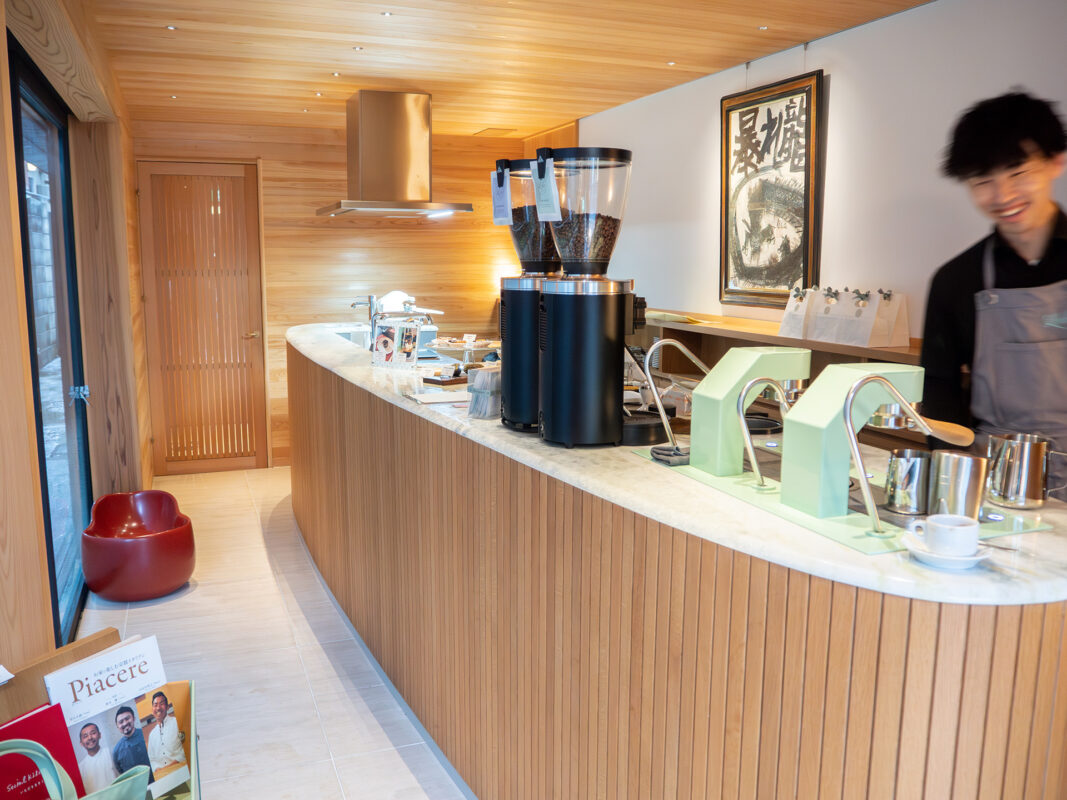
Loto’s is a grand trifecta of style, sweets, and ‘spro. Definitely visit if you find yourself near Gion.
Coyote Roastery
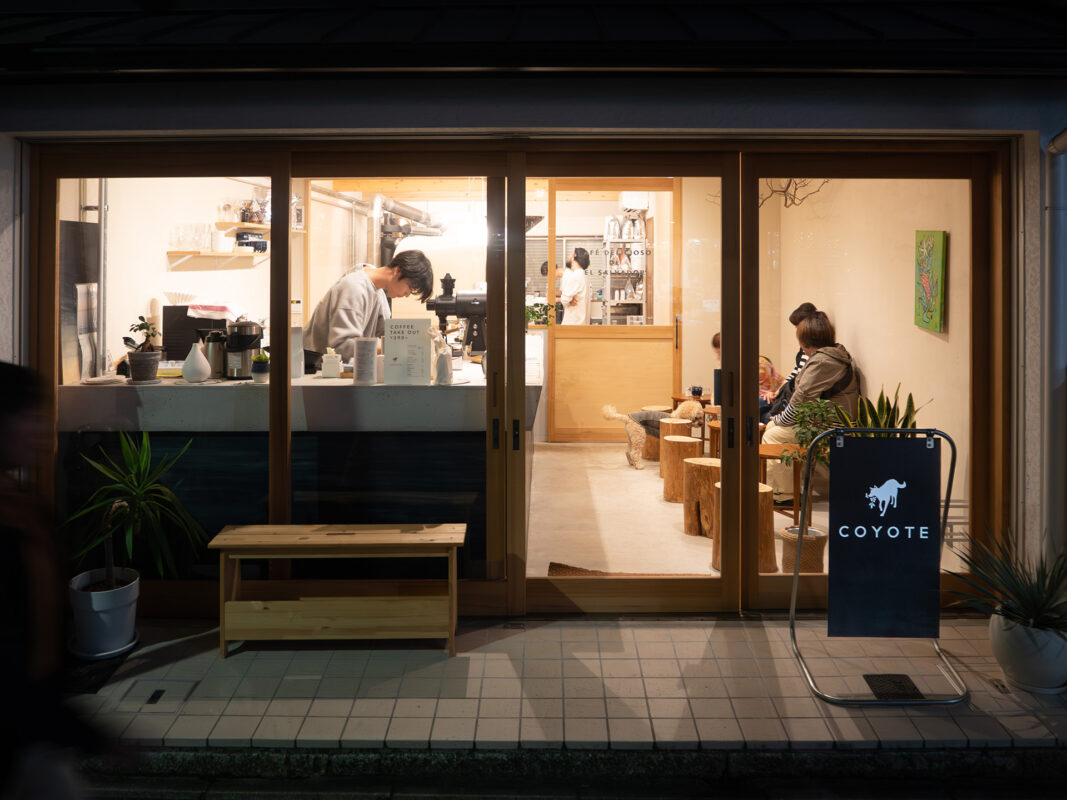
Do you know what coyotes are? In industry terms, they are middlemen who connect coffee farmers and exporters for a cut of the profits. Yūsuke Kadokawa of Coyote Roastery is one such coyote, partnering with Central American farmers to share their harvests with you.
Yūsuke lived in El Salvador for two years with the Japan International Cooperation Agency (JICA), and there he built connections with Chalatenango coffee and its farmers. Six years and three shops later, Yūsuke still sources each bean from Chalatenango, having them shipped straight to his roastery (and Easyster) in Kyōto’s Sakyō ward.
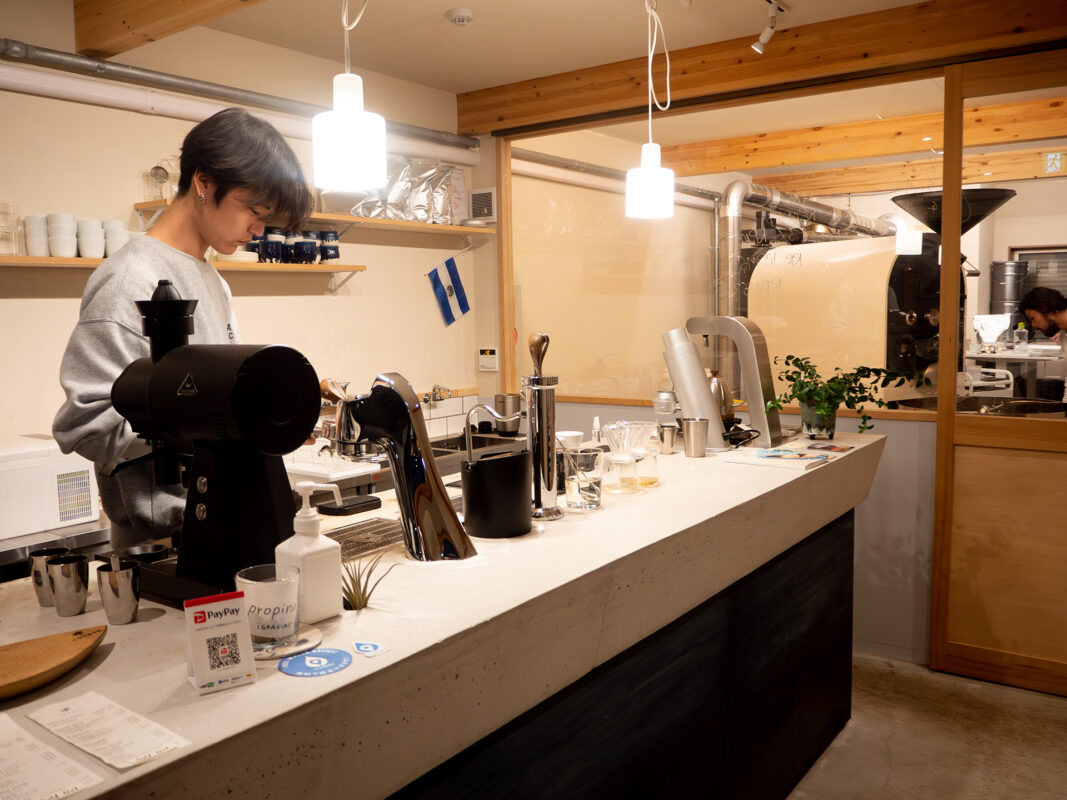
Coyote Roastery collaborates locally as well. My Modbar-pulled Don Jaime Pacamara was a tart and attractive shot, presented in a cup from nearby Donoma Studio. Specialty shop Wrap crafts Coyote’s luscious dorayaki (red bean pancake), and last year, Yūsuke hosted a joint booth at the World Specialty Coffee Conference (SCAJ) with Kōbe’s Zef Coffee Arts. Such strong partnerships benefit all involved.
Tasuku Coffee
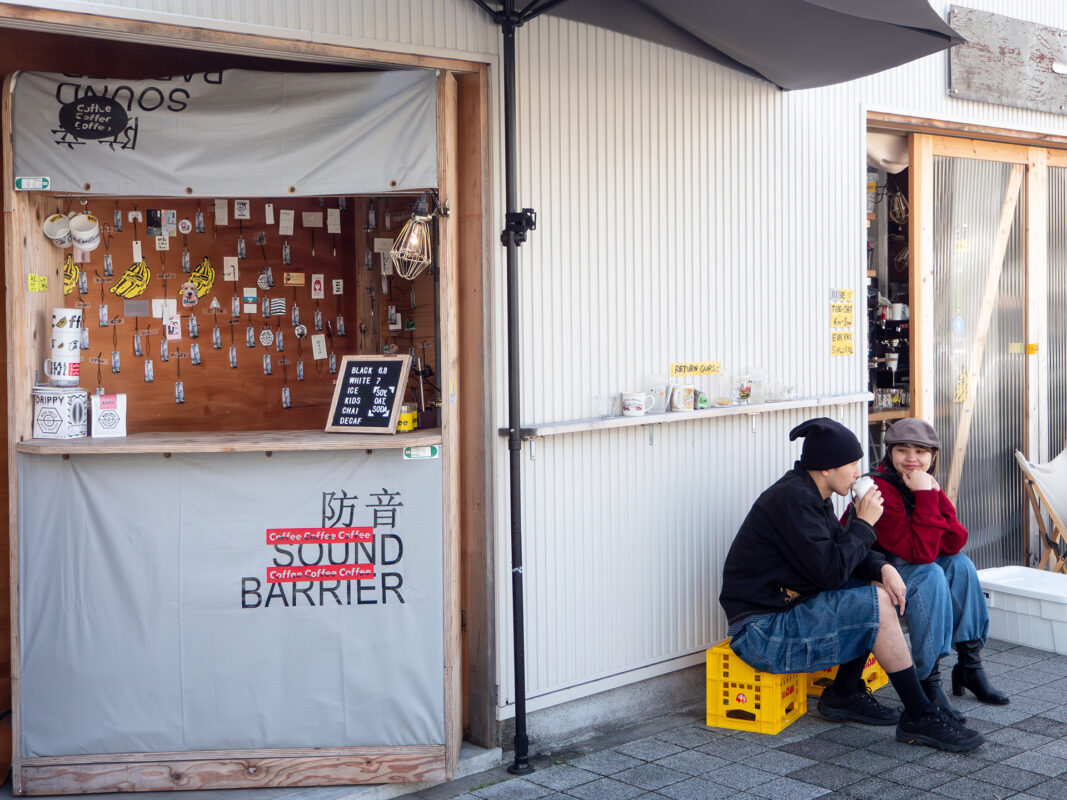
Head north to Kyōto’s Kita ward for a “black” at Tasuku Coffee, the idiosyncratic last stop on our list.
Tasuku brings to mind Mad Max: a construction tarp drapes the bar, plastic cartons act as seats, and flyers, rocks, and flotsam deck the walls.
This bric-a-brac design approach is conscious: owner Tasuku Kawai gets both his Wood and Co Coffee beans and his shop’s eclecticism from Melbourne. Tasuku handed me my Twin Peaks blend Ethiopia and Colombia “short black” in a smiley-faced demitasse, and my shot was strong and chocolatey–a true taste of the Land Down Under.
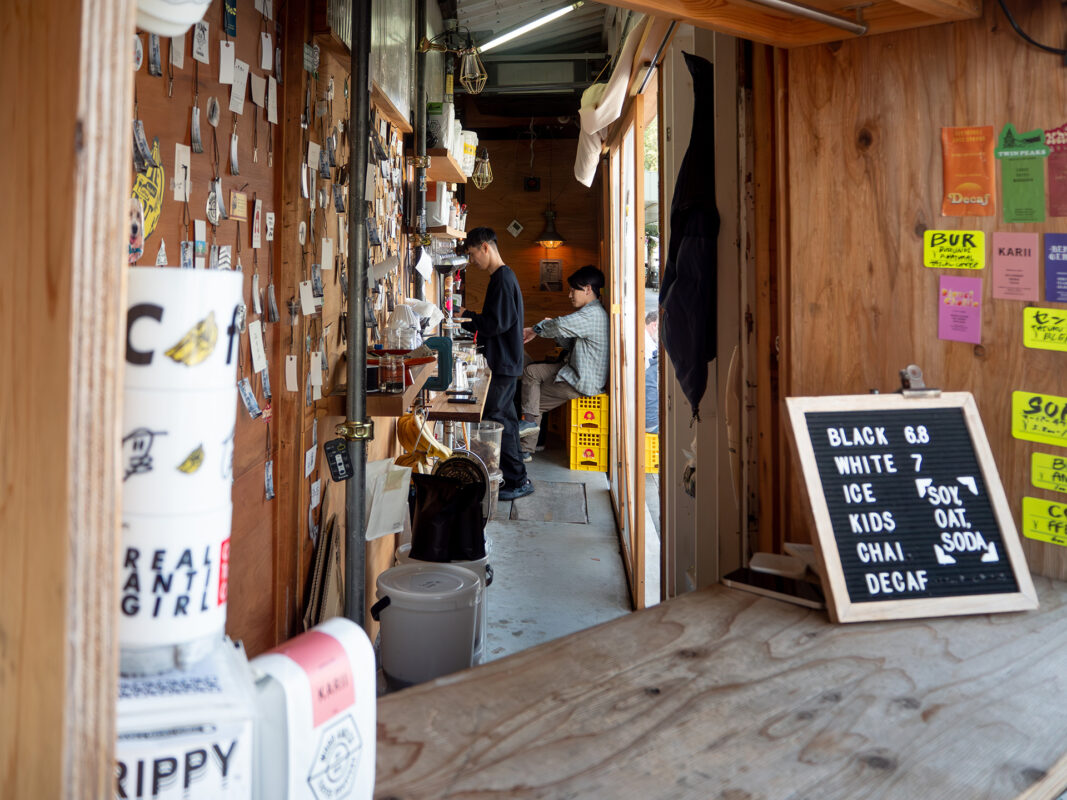
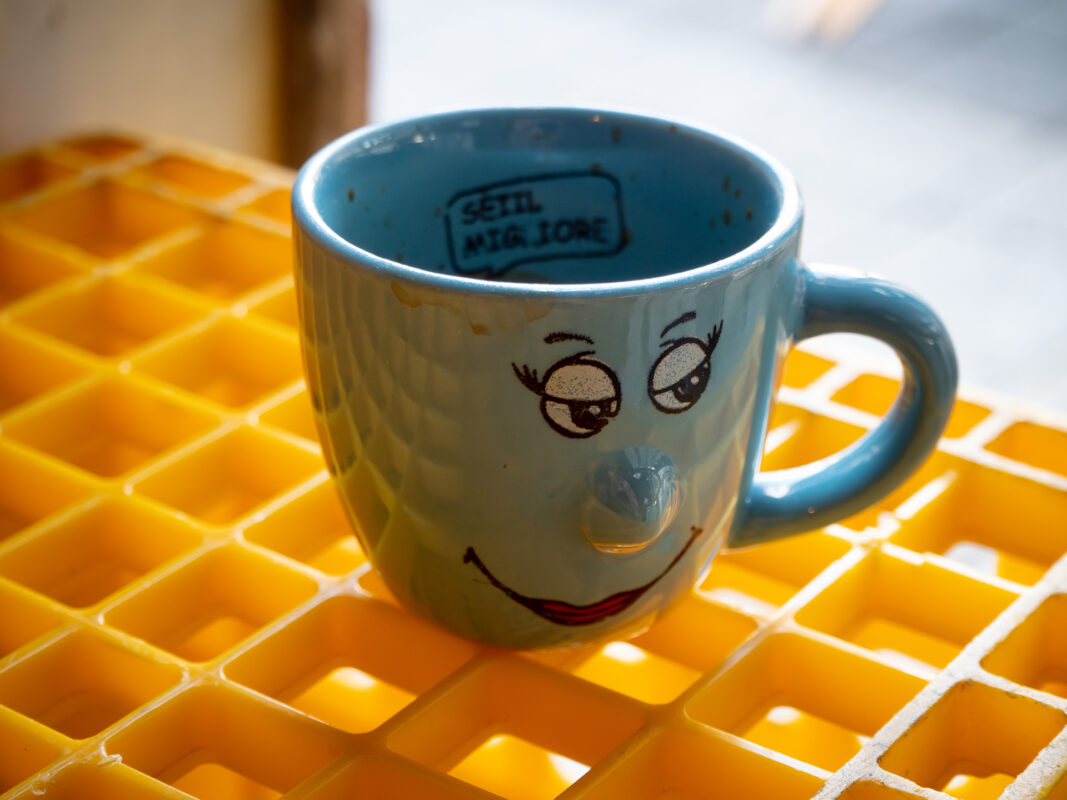
Tasuku serves “whites” with Hida milk from Gifu (rule 46: “milk sourcing matters”), and for vegan options, there’s soy or Ave Natur’s oat milk. But at the end of the day, any coffee you order at Tasuku will be pure magic.
Michael Joseph is a freelance journalist and photographer based in Hiroshima. Read more Michael Joseph for Sprudge.




